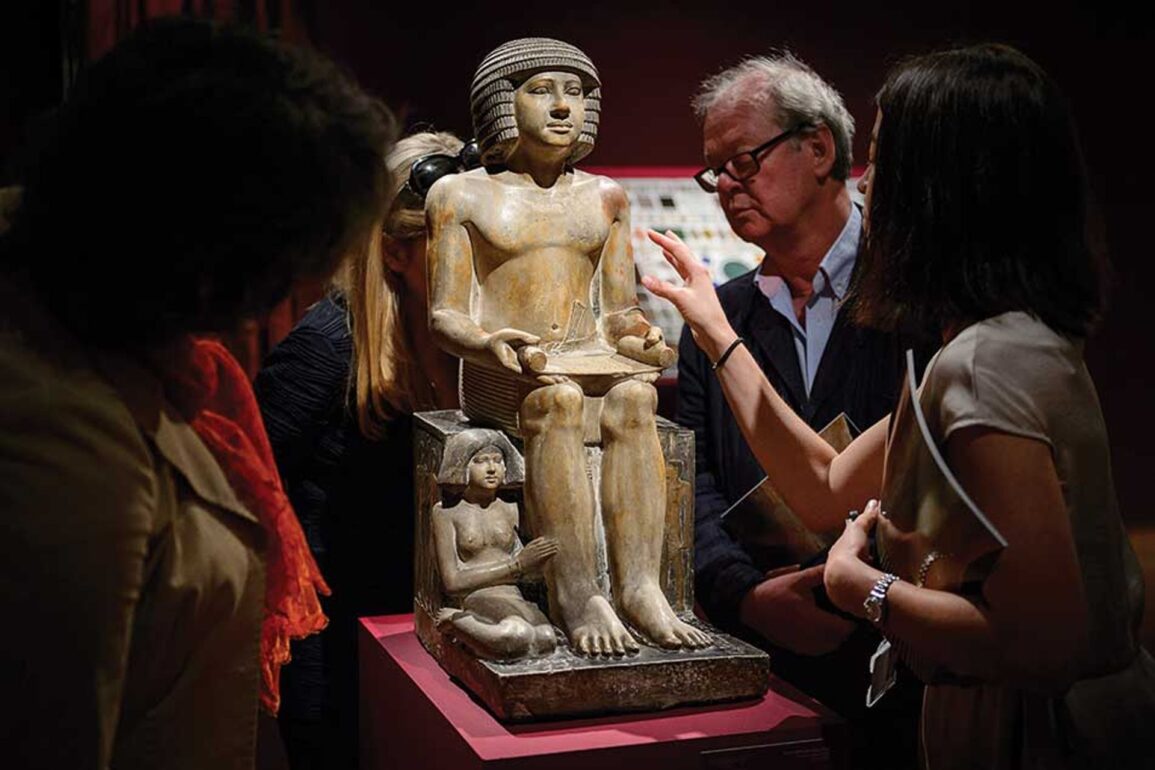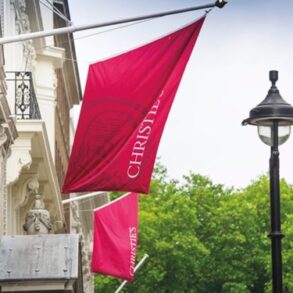“English councils ‘forced to the pawnshop’ in fire sale of assets” was a recent headline in the Financial Times relaying the worsening news about local authority finances in the country.
At least ten councils in England have this year issued section 114 notices—the council equivalent of bankruptcy—and applied to the UK government for exceptional financial support, In the worst case, Birmingham City Council plans to sell off £750m worth of assets during the next two years to help balance its books. Since 2010, central government grants to local government have fallen by over 50% in real terms, leading to a 30% drop in councils’ net spending power since 2015 as revenue rises have not covered the shortfall. A recent survey in the New Statesman magazine of 528 councils found that a quarter thought they would go bankrupt.
What does a public sector financial drought mean for local culture? Nottingham City Council, while in effect bankrupt, pledged in November 2023 to reduce grants to external cultural organisations, cut the museum budget and review the library service, while retaining the theatre and concert hall. Yet local authorities are the biggest public funders of the arts in ways that aid urban regeneration and contribute disproportionately to the economy, according to Arts Council England (ACE). The creative industries represent about 5.9% of the UK economy, account for 2.2 million jobs and grew four times faster than the rest of the economy before the pandemic.
To plug shortfalls, central government has supplied emergency funding to some local authorities, mainly through its “levelling up”scheme. Last November, £100m was allocated to cultural spending. For example, Harlow Council, in Essex, recently secured £20m to develop a new arts and culture hub including a gallery and pavilion. Meanwhile ACE plans to invest about £640m a year in arts organisations until 2026. In addition, visits to museums have almost returned to the numbers in the prepandemic summer of 2019, while exhibition tax relief has been available since 2015 to develop temporary and permanent shows, in addition to other tax relief schemes. However, the recent government budget suggests that without an upturn in the economy and increased tax revenue, unspecified cuts will be needed. As museums cut opening hours and more of them charge for entry, their livelihoods may depend on private donors, corporate sponsorship and official donations. In the worst local authority cases, there is one other option that is both practical and finite, but also controversial and tricky: deaccessioning art from council museum collections.
For and against
For several decades, cultural economists have questioned the financial and artistic logic of art being stored in museums away from the public and rarely consulted by researchers. The critics of holding large numbers of works in storage—and as much as 90% of the collection in some large museums can be in storage—argue that the proceeds from selling unwanted and ignored art could help to replenish collections and rejuvenate museums. In his 2018 book, Deaccessioning and Its Discontents,Martin Gammon set out the history of sales from museums first documented in the US in the mid-19th century. He notes that the word deaccessioning may date from 1972, when the Metropolitan Museum in New York sold medium- to high-value works to acquire world-class pieces such as Diego Velázquez’s portrait Juan de Pareja. After this date, the museum was required to list the proceeds of these sales in its accounts and to give advance public notice of deaccessioning.
But selling part of a collection challenges the purpose of a museum and the stakeholders it serves. Sometimes deaccessioning can result in legal claims against museums for selling family donations. The International Council of Museums (Icom) and, in Britain, the Museums Association set ethical guidelines for deaccessioning. The ethical considerations laid down by the Museums Association prevent the sale of the core collection and any income from sales being used to cover short-term operational deficits. Deaccessioning should be a last resort, says the Museums Association, with any sales proceeds going to benefit the remaining collection and with all stakeholders being consulted.
By law, the leading national museums in the UK are prevented from deaccessioning works unless they are duplicates or unfit for retention. In 2007 the Museums, Libraries and Archives Council (MLA), a forerunner to the ACE, allowed museums to sell a work to make further acquisitions but not to generate income, and the Charities Act of 2022 made disposals of looted and low-value items possible. Nevertheless, museum sales have gone ahead, despite public protest, notably in 2014 when Northampton Borough Council sold the Egyptian Sekhemka statue it acquired in the 1880s for a £15.8m world record price for an Egyptian antiquity (see inset).
But there is a further side to this story. In 2018, nearby Northamptonshire County Council was among the first to issue a section 114 notice before the Covid-related series of bankruptcies. The region adapted by splitting county and borough authorities, making cuts in administration and balancing the books at West Northants Council, which took over the former Northampton Borough Council and its museum. The new council has no intention of selling any of the collection, although discussions continue about shared liabilities, its deputy head of communications, Craig Forsyth, tells The Art Newspaper.
This type of reorganisation may end up being a solution for the growing number of distressed councils. But, with debts likely to rise in future, more drastic action may be needed.

The Northampton Sekhemka, an Egyptian painted limestone statue of Sekhemka, Inspector of the Scribes
Photo: Leon Neal/AFP via Getty Images
Case Study: Sekhemka Statue, 2014
In 2014, the Northampton Sekhemka, an Egyptian painted limestone statue of Sekhemka, Inspector of the Scribes, was sold to a private US collector at Christie’s, London (above) for £15.8m by Northampton Borough Council to fund the modernisation of Northampton Museum. It wascondemned by the Museums Association for violating public trust as this deaccession was not a sale of last resort. The museum lost its accreditation with Arts Council England as a result—and along with it, access to support from Art Fund and other bodies. It was reaccredited in 2019.
While the UK’s leading national museums are prevented from deaccessioning by several acts of parliament, other institutions in England are guided by ethical considerations laid down by the Museums Association and the International Council of Museums.
The criteria to be addressed when considering deaccessioning include legal title, the goals of the museum and its collection, authenticity, duplication of art, the quality of the work and the cost of care. Limitations on selling therefore involve provenance, donor sale restrictions, museum directors’ approval and stakeholder notification. The foremost factor when considering deaccessioning is whether the work will still be available to the public.
This post was originally published on this site be sure to check out more of their content






